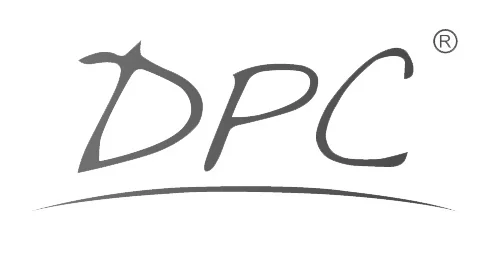Honey
Mel. Used as a coloring, flavoring and emollient in cosmetics. The common, sweet, viscious material taken from the nectar of flowersand manufactured in the sacs of various kinds of bees. The flavor and color depend upon the plants from which it was taken.
Horse Chestnut
Aesculus Hippocastanum. The seeds are a tonic, natural astringent for skin, and fever-reducing substance that contains tannic acid. Traditionally used by herbalists to reduce fever, it is also used by modern herbalists to treat varicose veins and hemorrhoids. The powdered kernal of the nut causes sneezing. The nuts reputedly contain narcotic properties. The seeds contain escin, which is used today as a sunburn protective. Escin is also widely used in Europe as an anti-inflammatory ingredient for a variety of conditions, including varicose veins. Escin has been found to be a powerful diuretic to reduce excess fluid. No known toxicity.
Horsetail
Equisetum arvense. Shavegrass. Silica. The American Indians and the Chinese have long used horstail to accelerate the healing of bones and wounds. Horsetail is rich in minerals the body uses to rebuild injured tissue. It facilitates the absorption of calcium by the body, which nourishes nails, skin, hair, bones and the body’s connective tissue. The herb helps eliminate excess oil from skin and hair.
Humulus Lupulus
Hops. Used in perfumes and flavorings. Derived from the carefully dried pineconelike fruit of the hop plant grown in Europe, Asia and North America. Light yellow or greenish, it is an oily liquid with a bitter taste and aromatic odor.
Hydrogenated Palm Glycerides Citrate
The process of adding hydrogen gas under high pressure to liquid oils. It is the most widely used chemical process in the edible fat industry. Used primarily in the cosmetic and food industries to convert liquid oils to semisolid fats at room temperature. Reduces the amount of acid in the compound and improves color. Usually, the higher the amount of hydrogenation, the lower the unsaturation in the fat and the less possibility of flavor degradation or spoilage due to oxidation. Hydrogenated oils still contain some unsaturated components that are susceptible to rancidity. Therefore, the addition of antioxidants is still necessary.
Hydrolyzed Actin
A protein in skin that is treated with acid, enzymes or some other method of hydrolysis. Used in hair and skin products as a conditioner.
Hydrolyzed Collagen
The widely used hydrolysate of animal collagen derived by acid, enzyme or other method of hydrolysis. On the basis of available data, the CIR Expert Panel concludes that this ingredient is safe.
Hydrolyzed Soy Protein
Widely used in hair and skin conditioning products. Containing glycerides of linoleic, oleic, linoenic and palmitic acids.
Hydrolyzed Wheat Protein
The hydrolysate of wheat protein derived by acid, enzyme or other method of hydrolysis.
Hydroxypropyl Bistrimonium Diodide - Organic Iodine
Used as an antiseptic and germicide in cosmetics.
